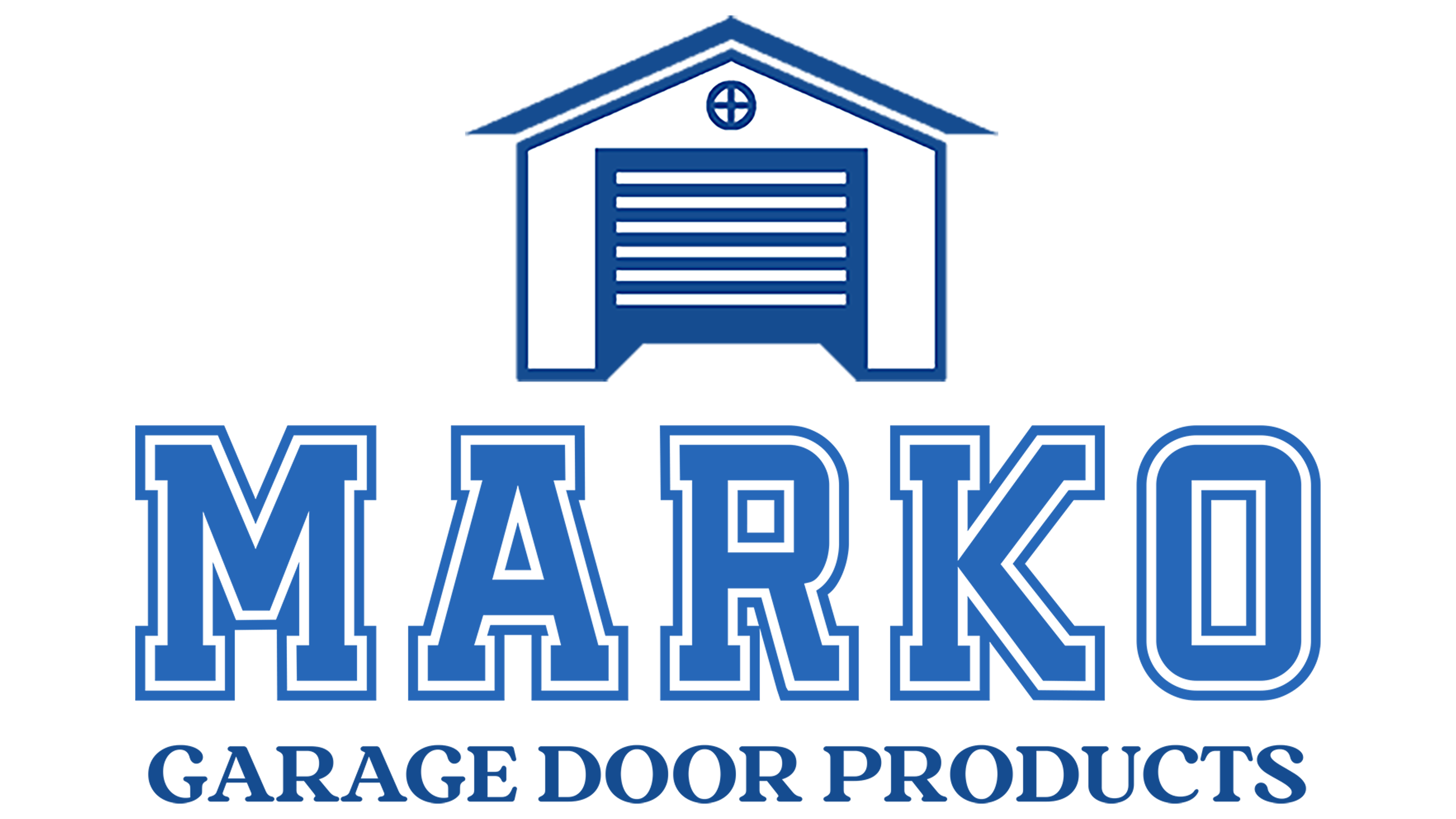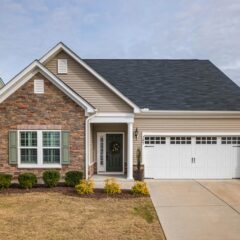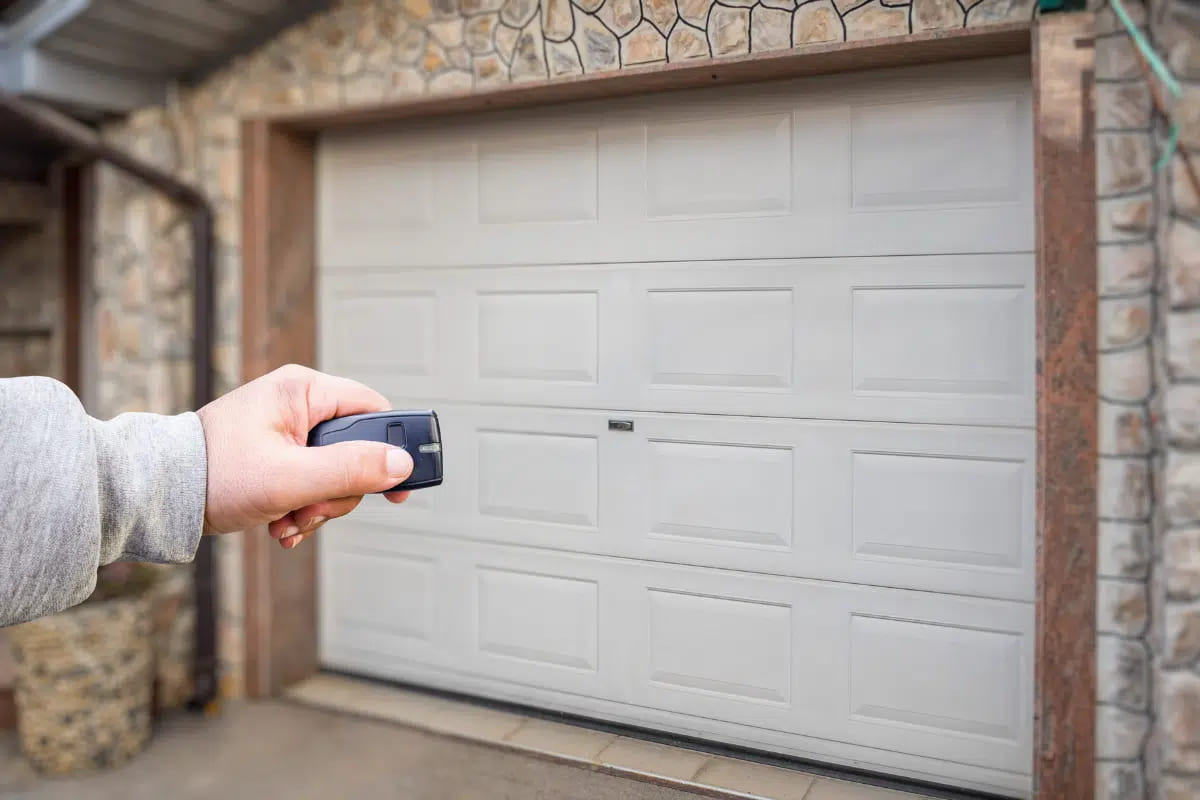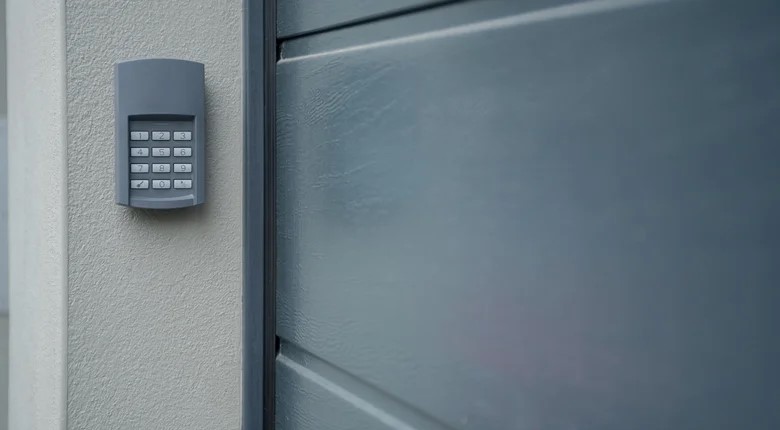Commercial garage doors serve a critical role in protecting business assets, maintaining workflow efficiency, and ensuring the safety of personnel. Unlike residential garage doors, these heavy-duty systems operate in high-traffic environments where safety isn’t just recommended—it’s required. Adhering to proper commercial garage door safety standards not only prevents accidents but also ensures compliance with industry regulations and lowers liability risks.
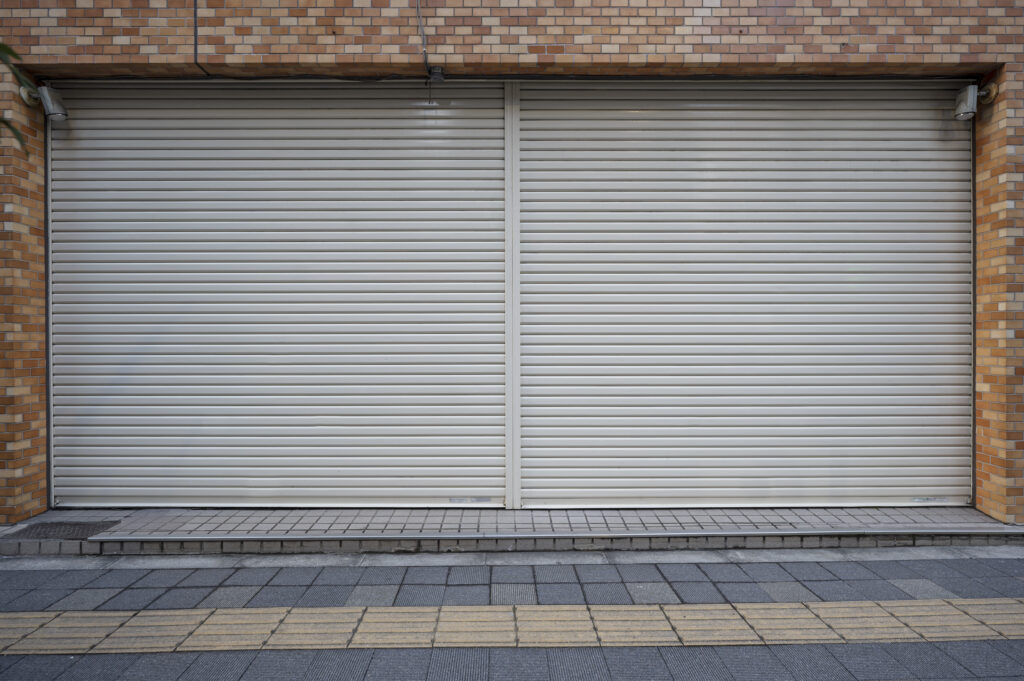
Automatic Reversal Systems
One of the key components of a safe commercial garage setup is an automatic reversal system. This safety mechanism uses sensors to detect objects or people in the door’s path and immediately reverses its direction to prevent injury or damage. These systems are a core part of commercial garage door safety requirements, especially in warehouses, shipping docks, and loading bays where foot traffic and equipment frequently cross paths.
Photo-Eye Sensors and Motion Detection
Modern commercial garage doors are equipped with advanced sensors to prevent accidents and injuries. Photo-eye sensors and motion detectors are crucial components that stop the door if an object or person crosses its path. These features are particularly important in busy business environments where forklifts, personnel, and vehicles often move near doorways. Complying with safety standards for commercial garage door openers, these systems enhance workplace safety and reduce the risk of property damage. Investing in them is a proactive step toward creating a safer, more efficient operation.
Why Sensors Are Critical
Photo-eye sensors are typically installed near the bottom of the door and monitor the space for obstructions. If something breaks the beam, the door halts and reverses automatically. This is not just a convenience—it’s essential under safety standards for commercial garage door openers.
Adding Audible and Visual Alerts
To further enhance safety, many businesses pair sensors with warning lights and audible alerts to notify workers that a door is about to move. These features help reduce the risk of accidents in noisy or fast-paced work environments.
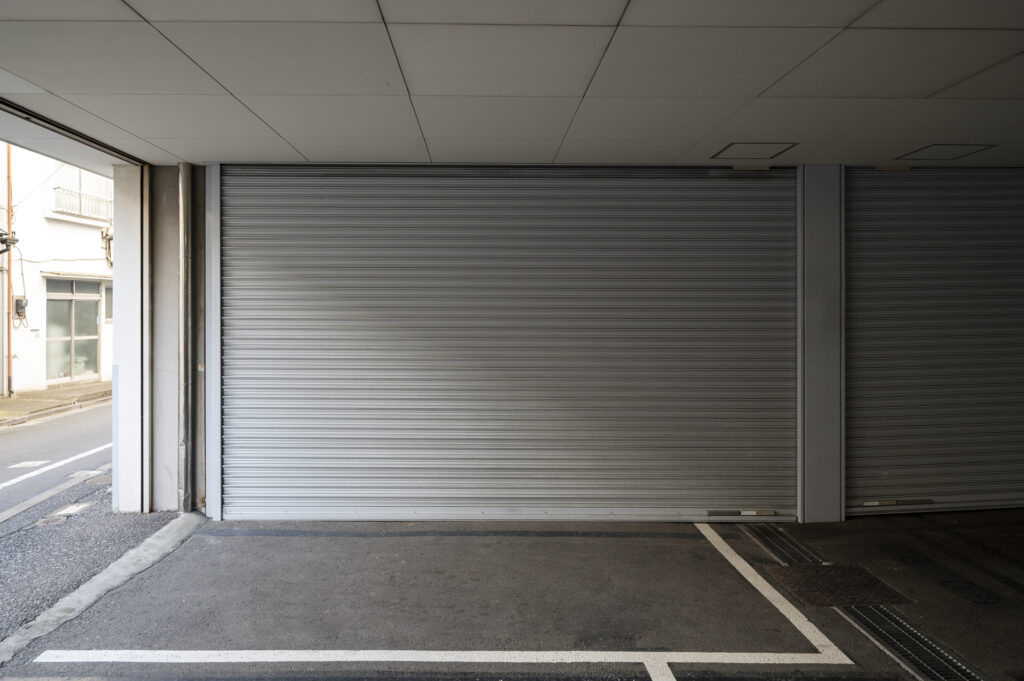
Manual Door Release Mechanisms
In emergencies such as power outages, it’s crucial that employees can operate garage doors manually. Manual release mechanisms let users safely disengage the opener and lift the door by hand. This system must be included in routine maintenance garage door schedules to ensure it’s always operational when needed.
Strong Construction and Tamper Resistance
Durability and security go hand in hand when it comes to commercial garage doors. A well-built door must withstand daily wear, weather conditions, and potential tampering. Choosing high-strength materials and advanced locking systems ensures long-term protection for your business premises. In addition to meeting commercial garage door safety expectations, reinforced construction prevents forced entry and improves thermal insulation. It’s an essential aspect of any comprehensive commercial security strategy.
Materials Matter
Commercial garage security doors should be built from high-quality materials such as galvanized steel or industrial-grade aluminum. These resist tampering, damage, and weather exposure, offering better protection for your facility.
Locks and Hardware
Reinforced locks, secure brackets, and anti-lift mechanisms are necessary components that safeguard against unauthorized access. Their integrity should be checked regularly as part of your overall commercial garage door safety strategy.
Fire-Rated Doors for Enhanced Protection
For facilities storing flammable goods or operating in hazardous zones, fire-rated doors are essential. These automatically close when triggered by fire alarms, helping contain the spread of flames and smoke. Fire-rated systems are also often required to meet local commercial garage door safety standards.

The Role of Professional Maintenance
Even the best safety features can fail if your garage door system isn’t properly maintained. Routine inspections and professional servicing ensure all components are functioning as intended, reducing the chance of costly breakdowns. Safety mechanisms like sensors, springs, and manual releases require expert attention to remain reliable. By scheduling regular maintenance garage door visits, businesses stay compliant with commercial garage door safety standards and maintain smooth operations. Preventative care is a small investment that brings long-term peace of mind.
Why Regular Inspections Matter
Safety features such as sensors, springs, and opener systems require expert inspection to function properly. Skipping maintenance increases the risk of failure and code violations. Scheduling a regular service garage door inspection helps maintain peak performance and ensures compliance.
What to Include in Your Maintenance Plan
A thorough maintenance plan is key to extending the life and safety of your commercial garage door. Regular checks help identify minor issues before they develop into serious problems. Your plan should include a combination of visual inspections, functional testing, and routine cleaning. Addressing all moving parts, safety systems, and structural integrity keeps your door running efficiently and safely. Following a clear schedule is a smart way to protect your investment and meet commercial garage door safety requirements.
Your maintenance routine should include checking:
- Door balance and alignment
- Sensor functionality
- Emergency release operations
- Hardware and lock integrity
- Lubrication of moving parts
Choosing the Right Door for Your Business
When investing in garage doors for businesses, consider the specific usage and environment. High-speed doors, roll-ups, and sectional doors may all require different safety mechanisms. Be sure that any model you select complies with current commercial garage door safety requirements and your facility’s workflow.
Final Thoughts on Garage Door Safety
Ensuring commercial garage door safety is not just about the product—it’s about maintenance, correct usage, and selecting components that meet rigorous standards. By investing in proper safety features and routine servicing, you protect your staff, inventory, and bottom line.
